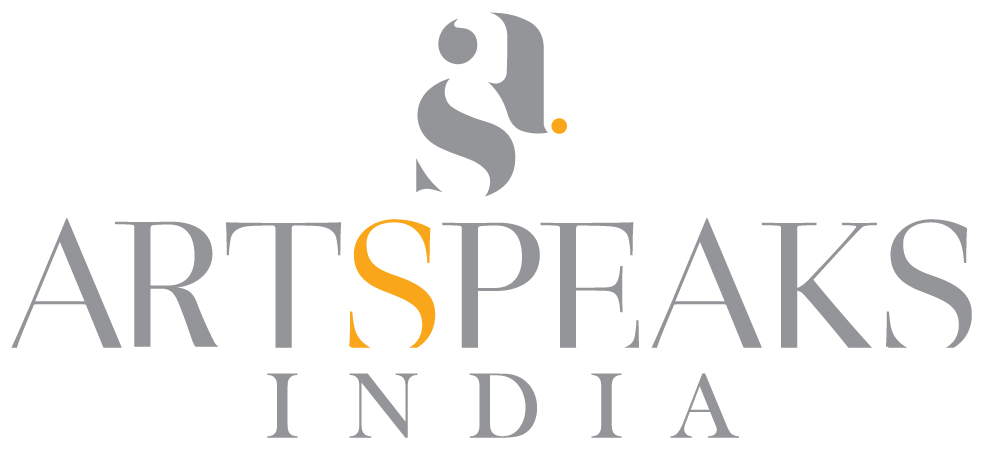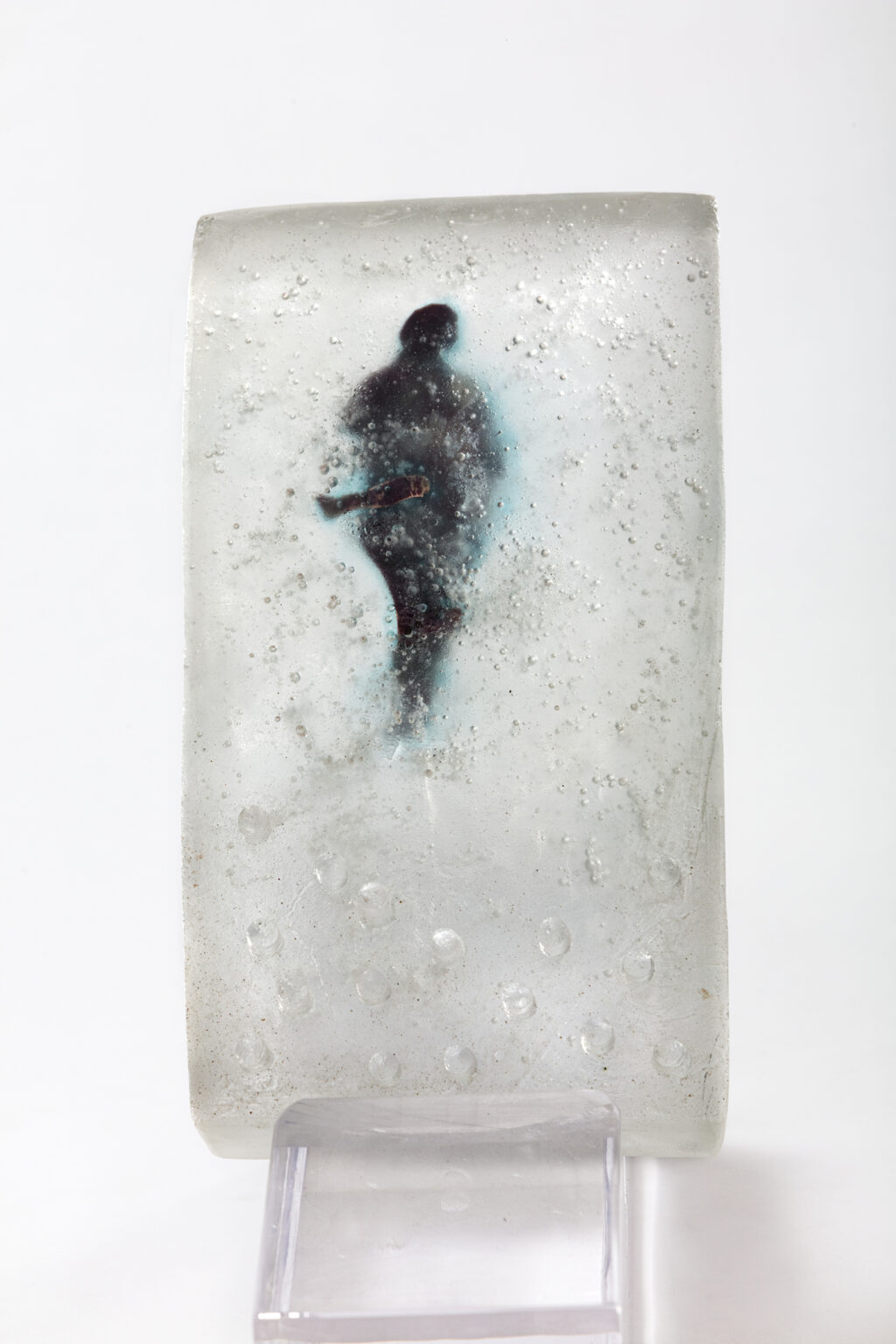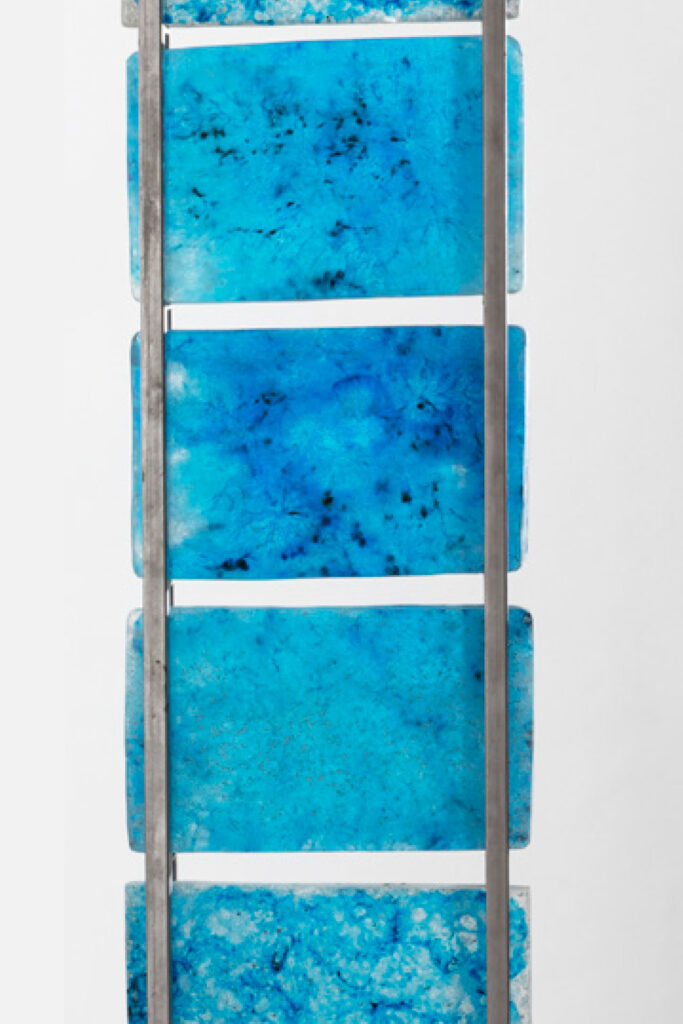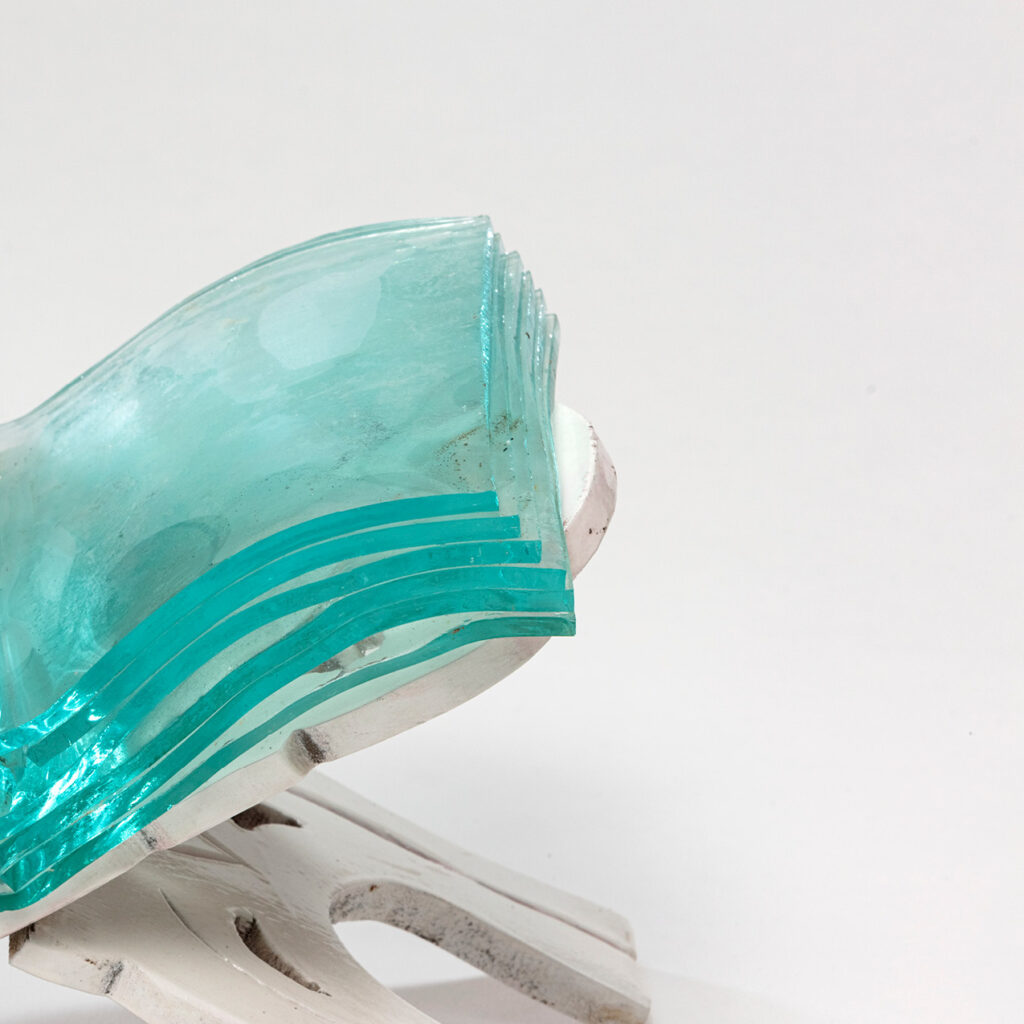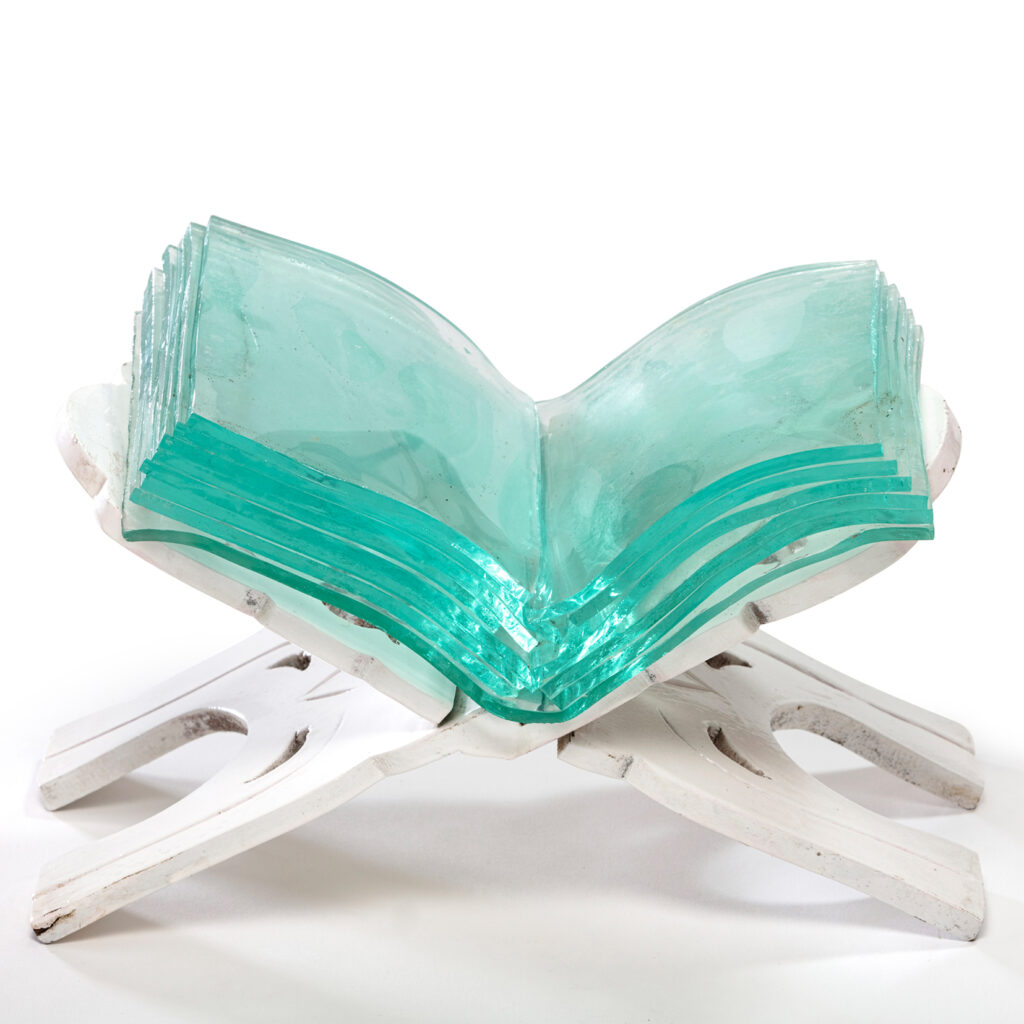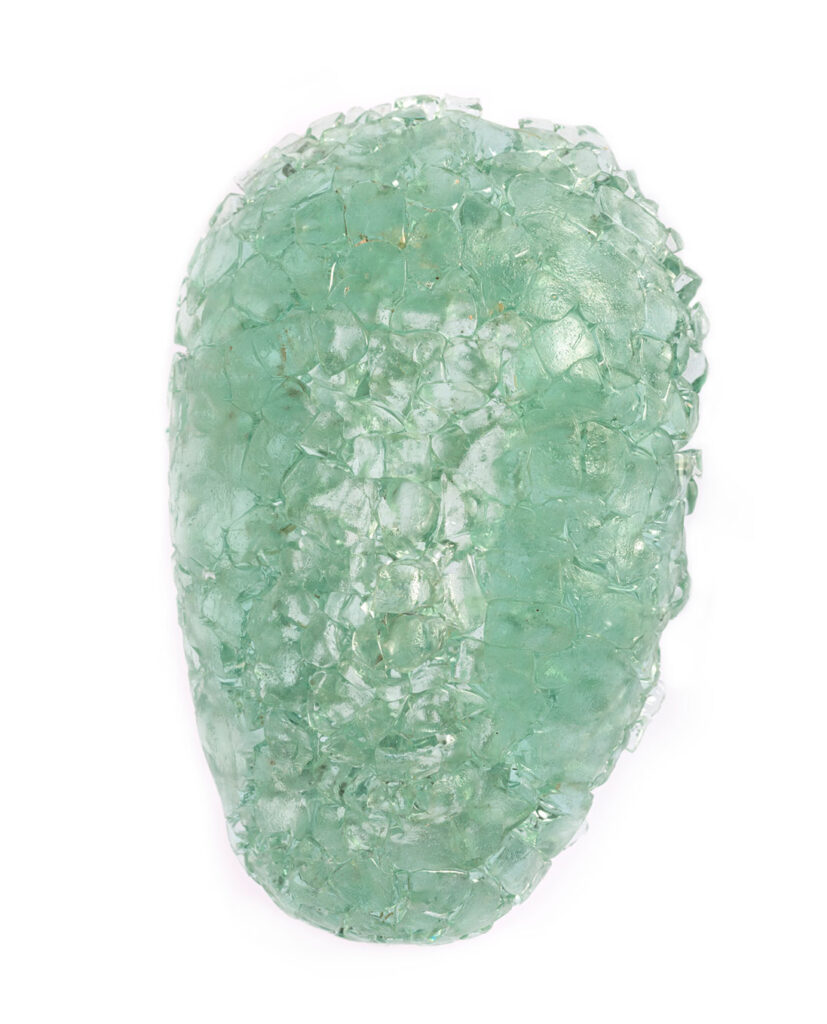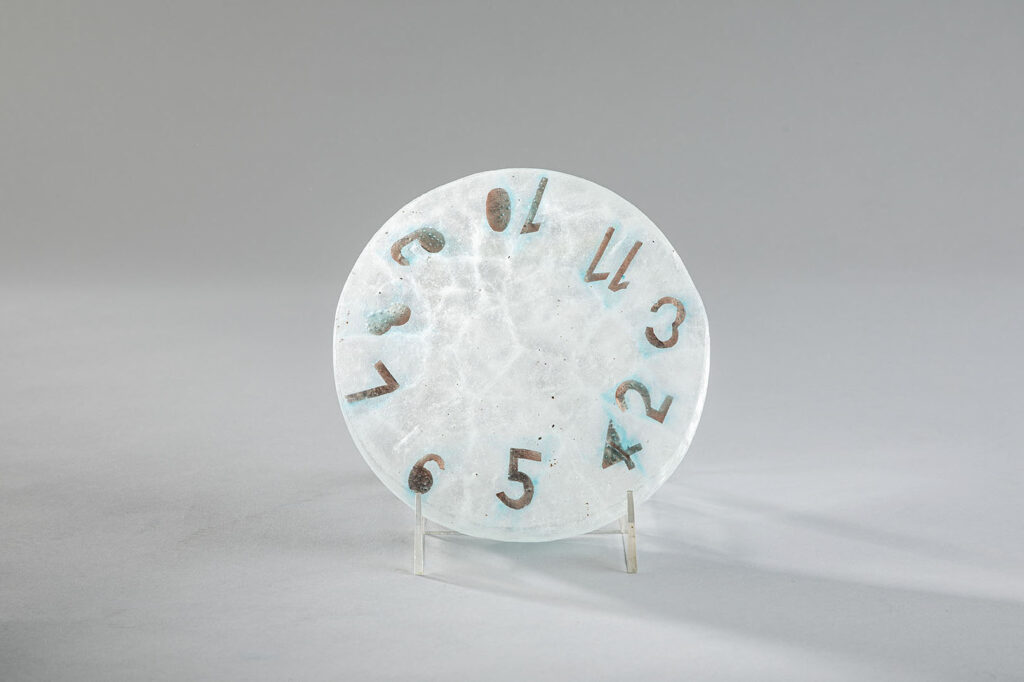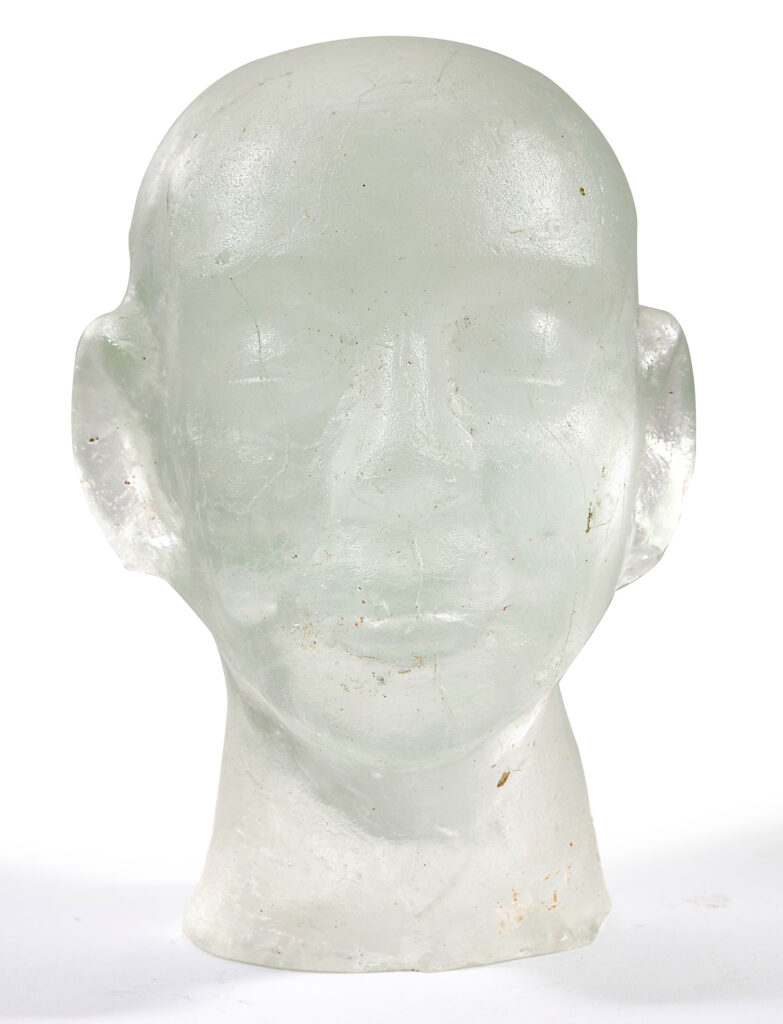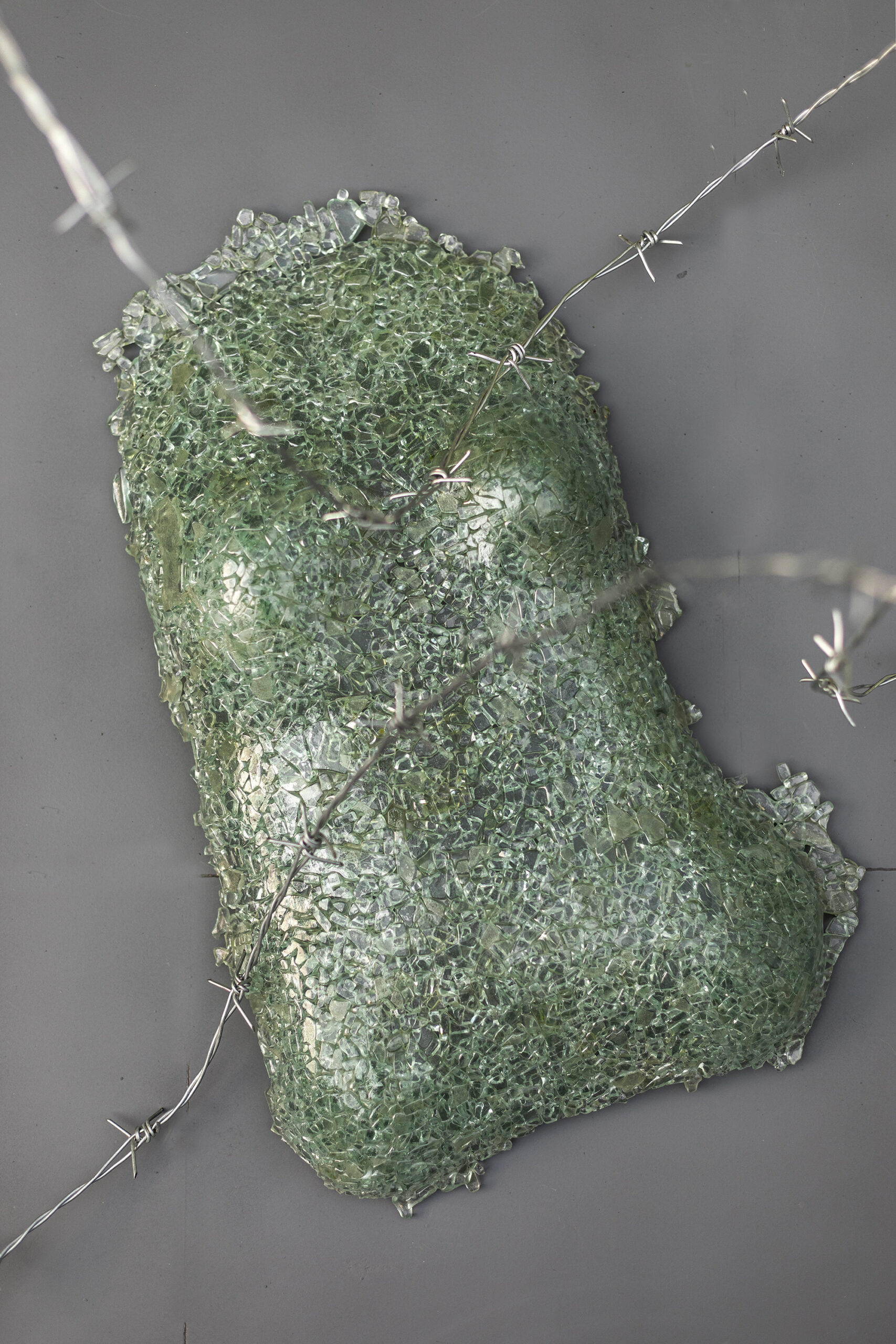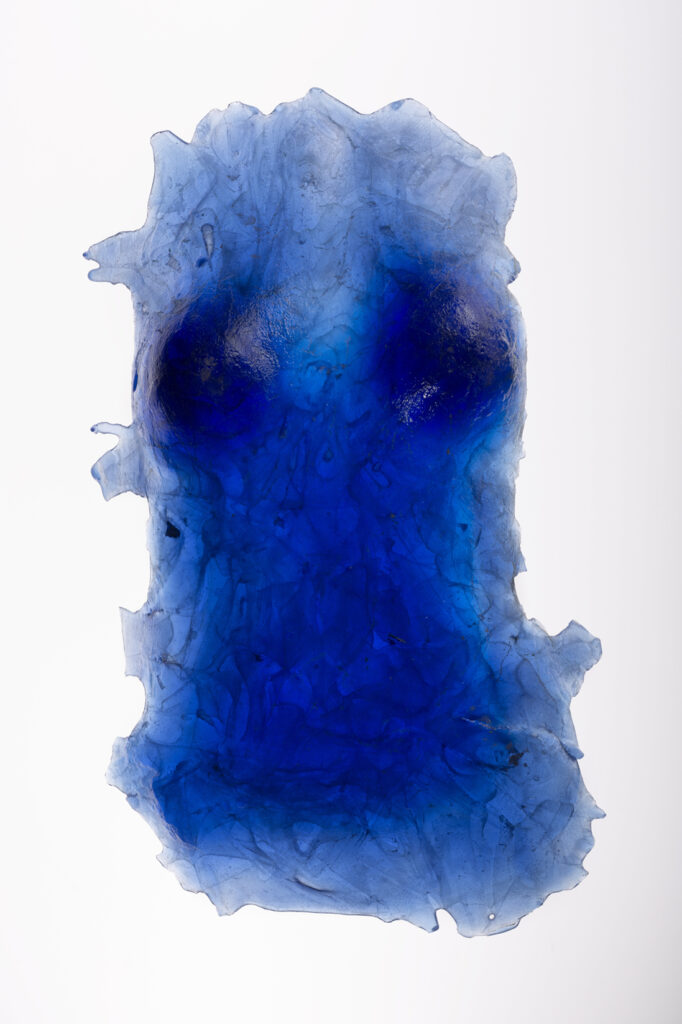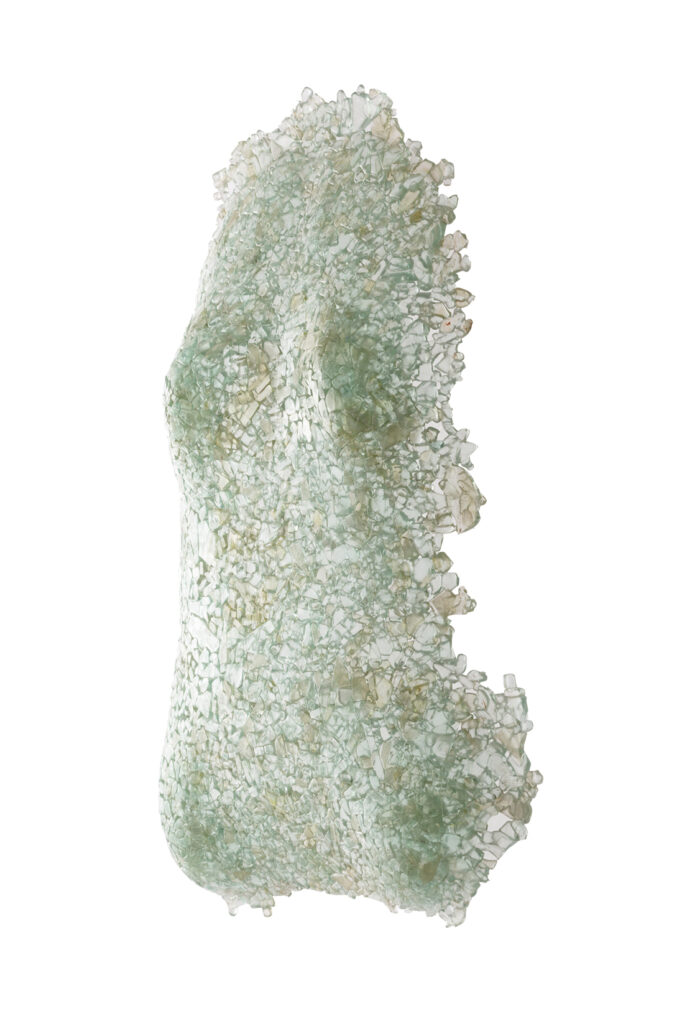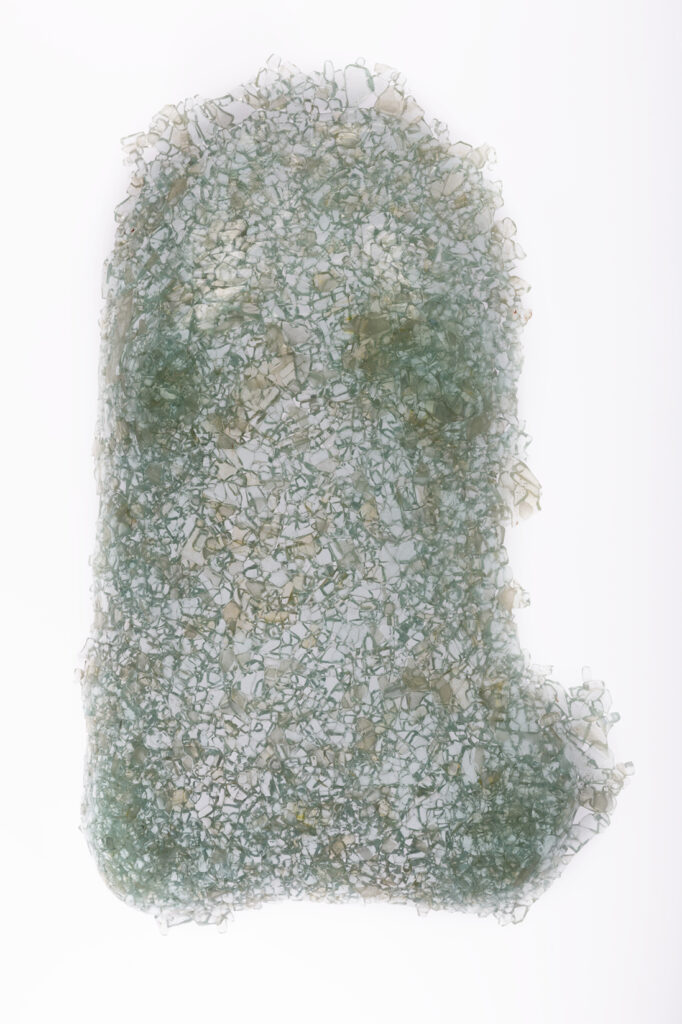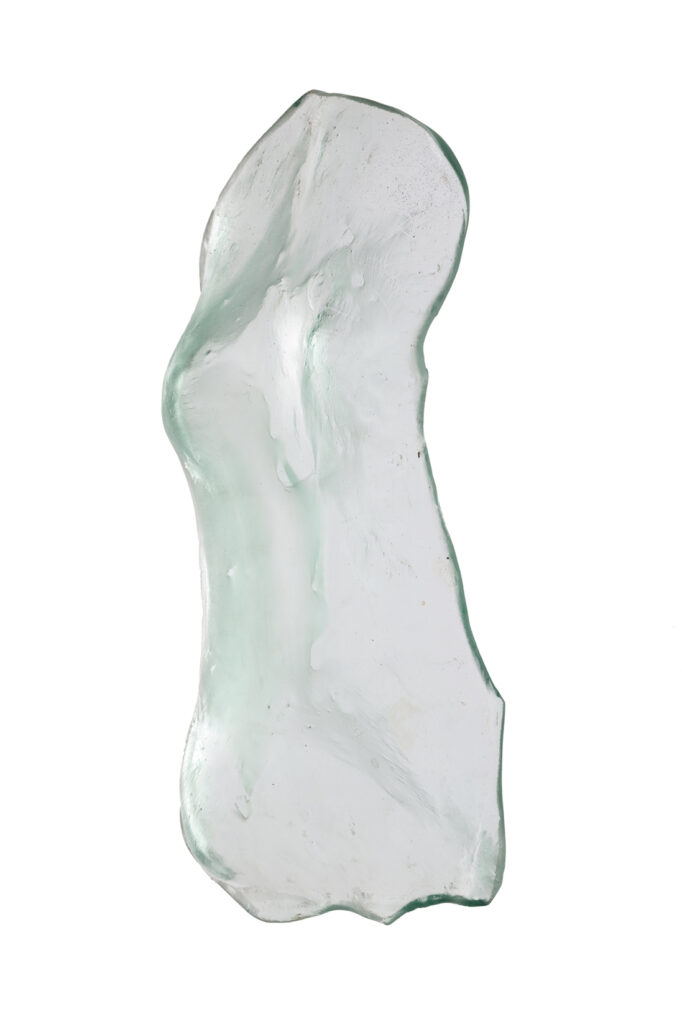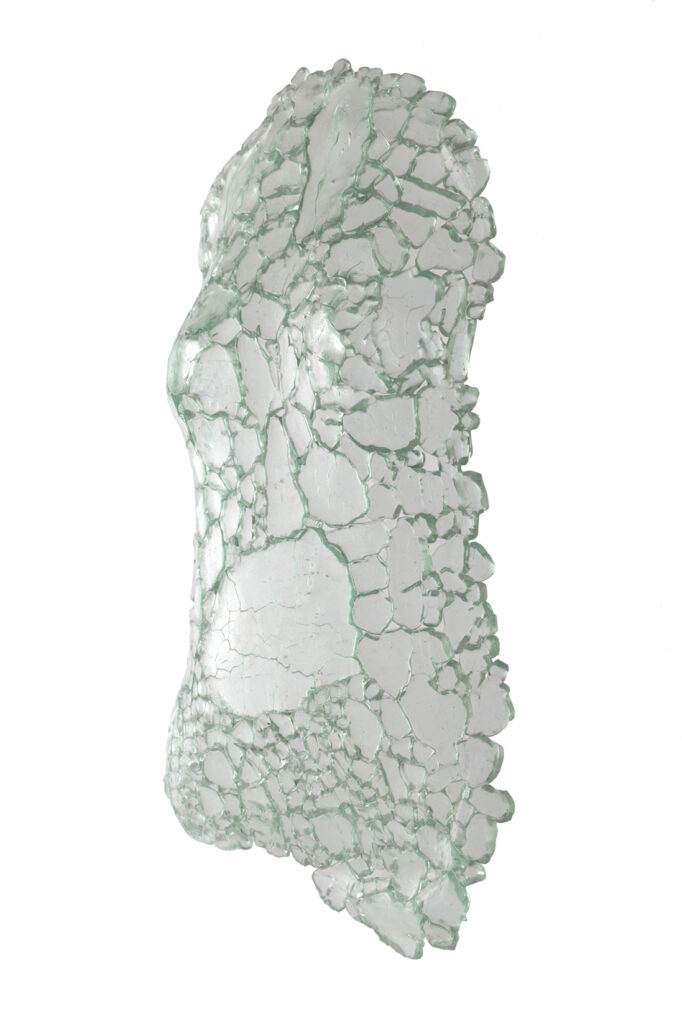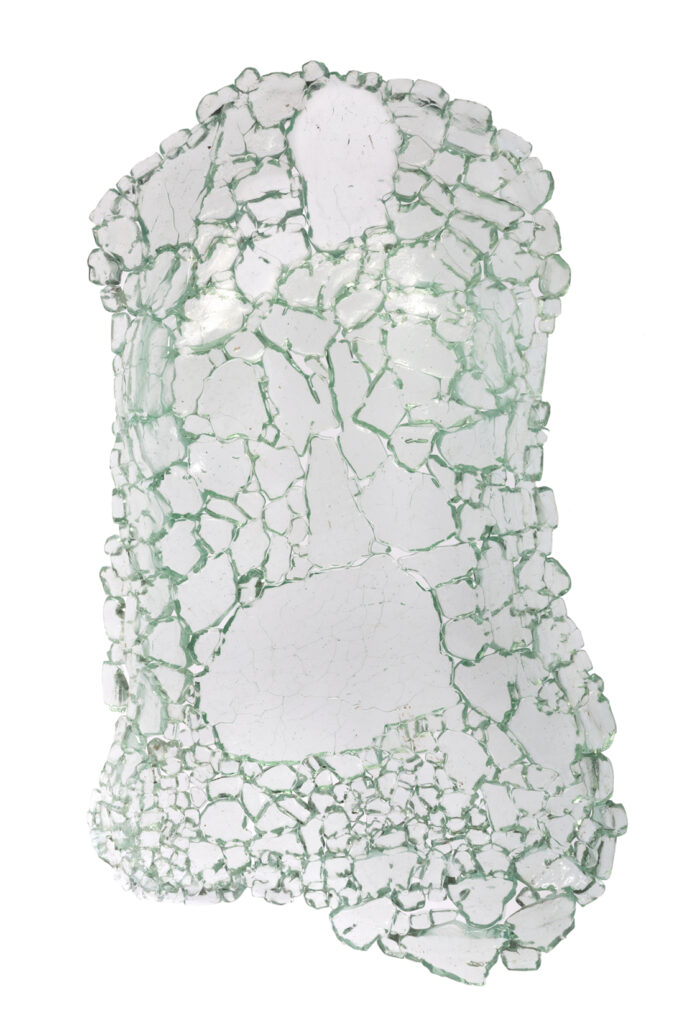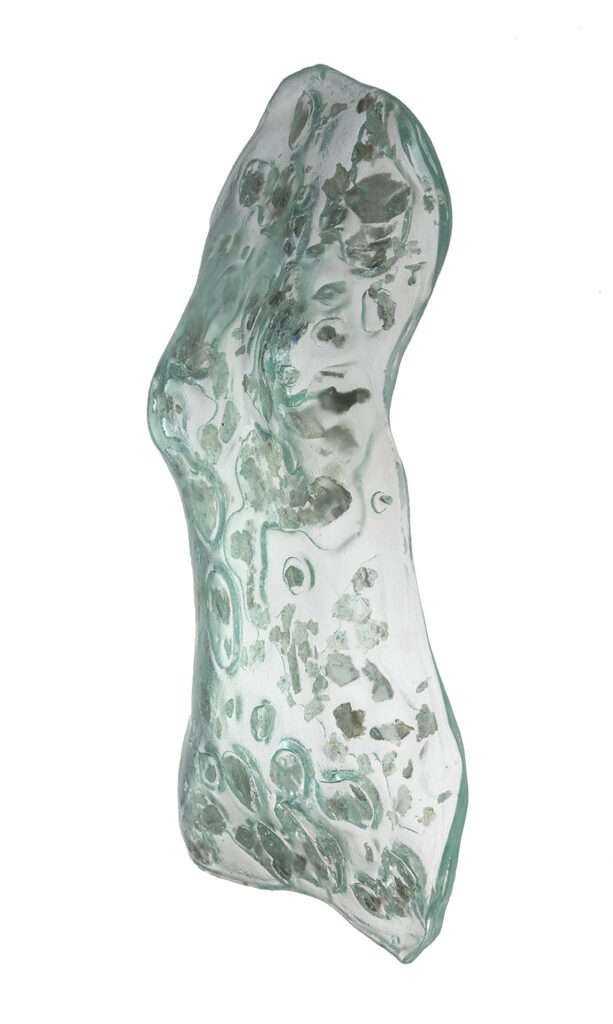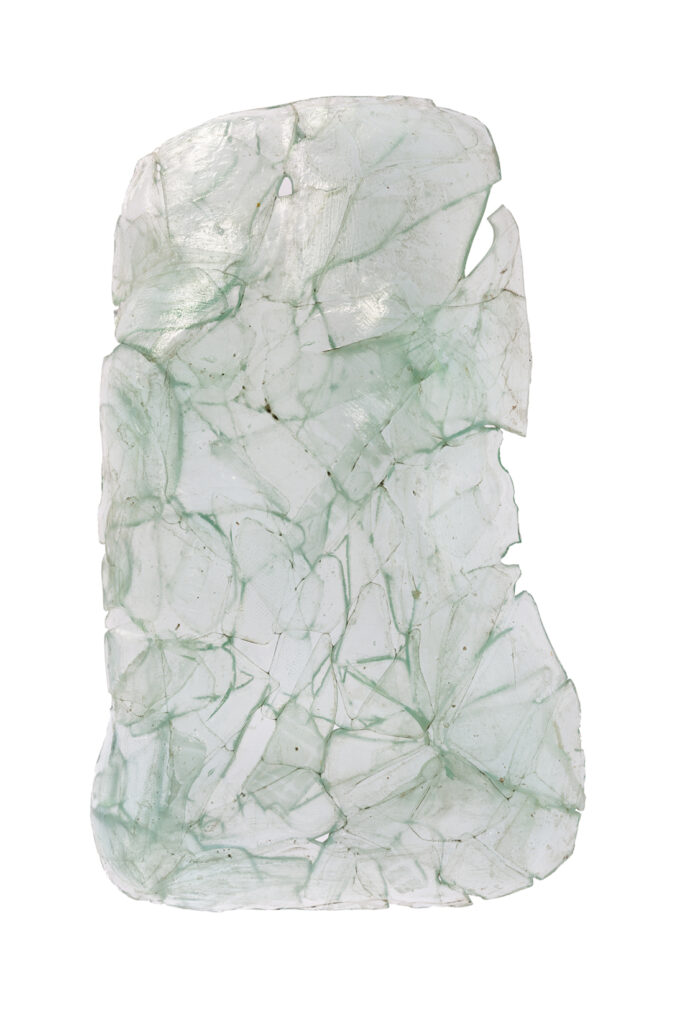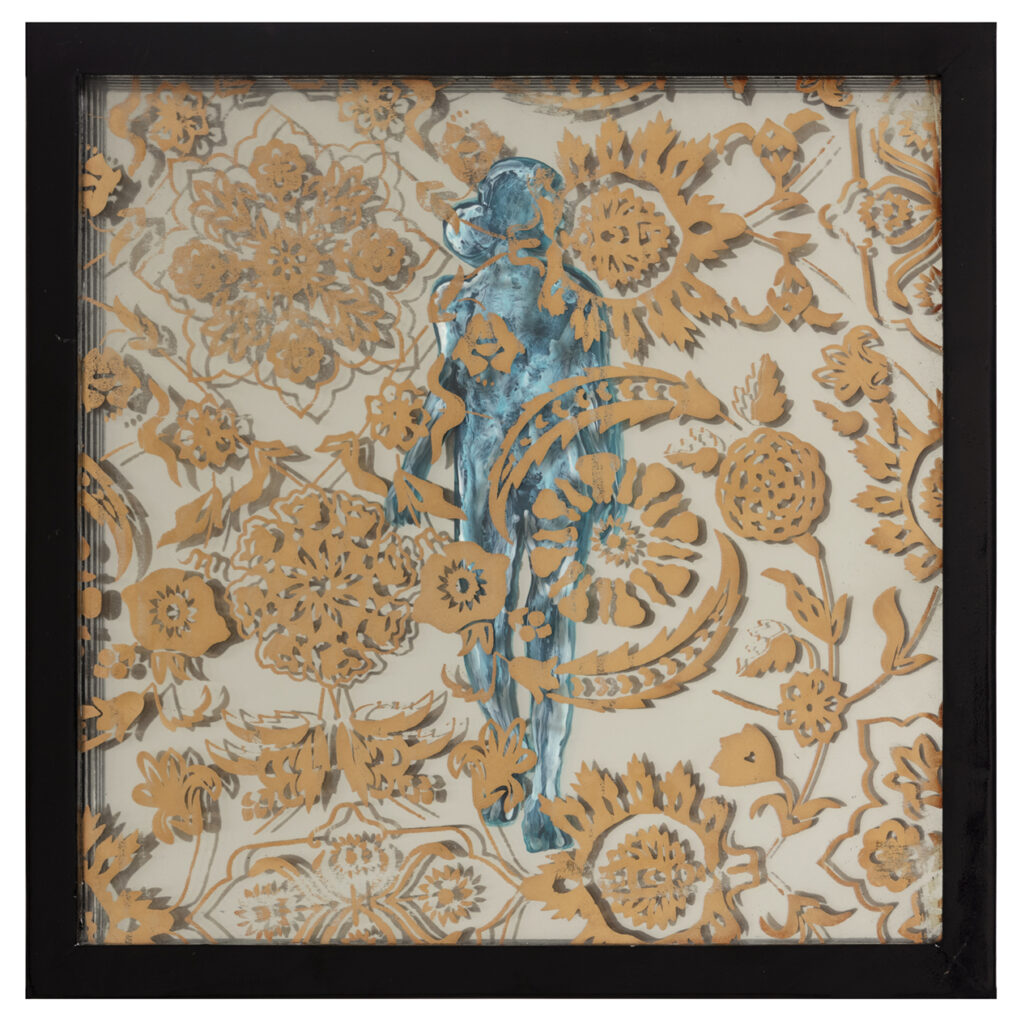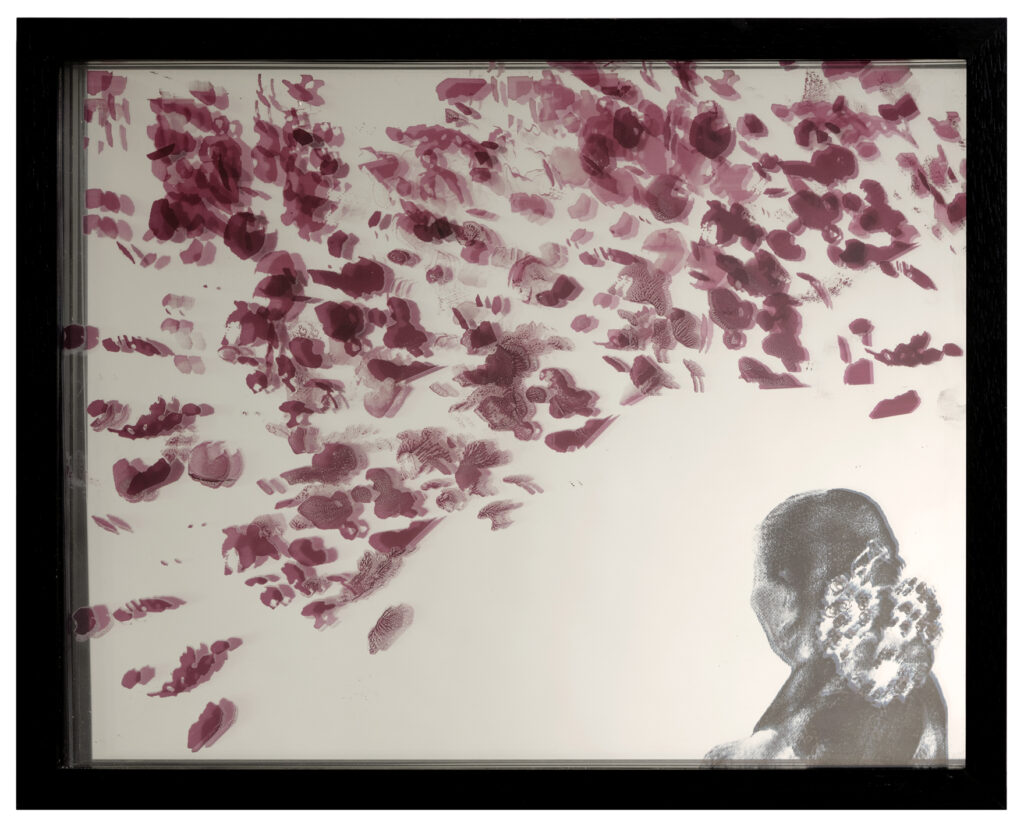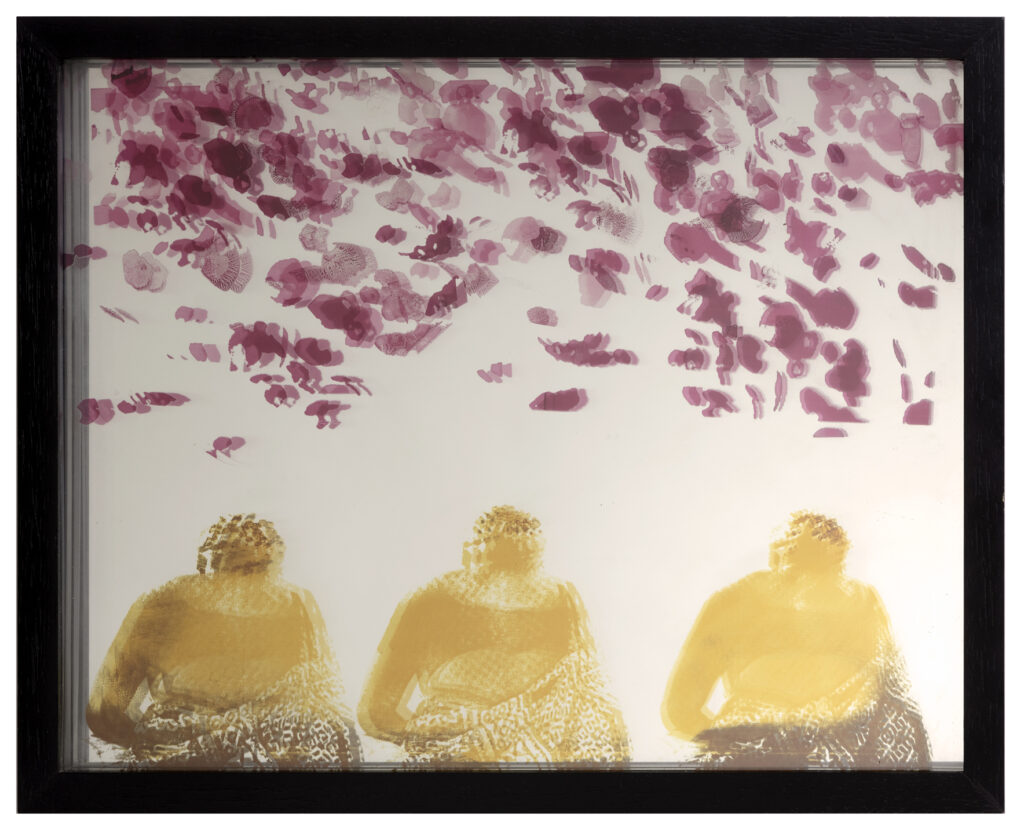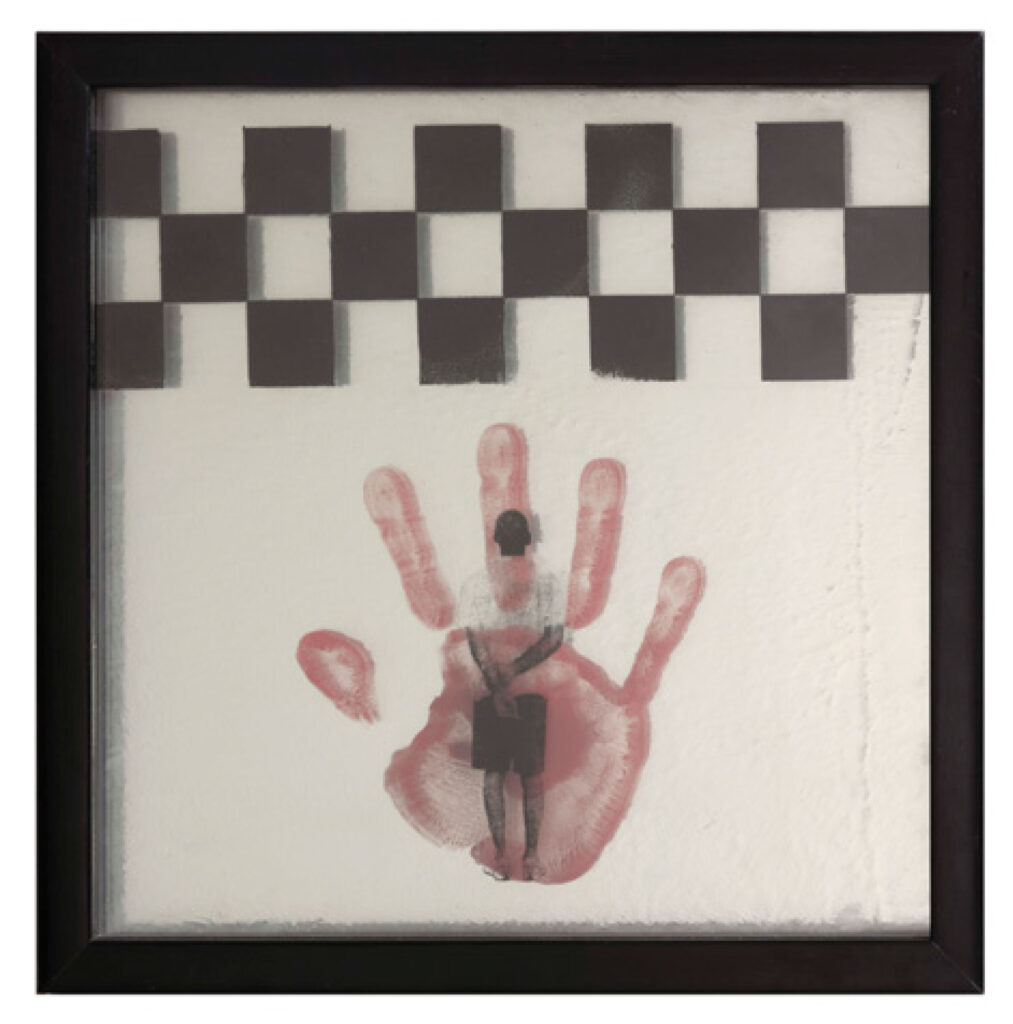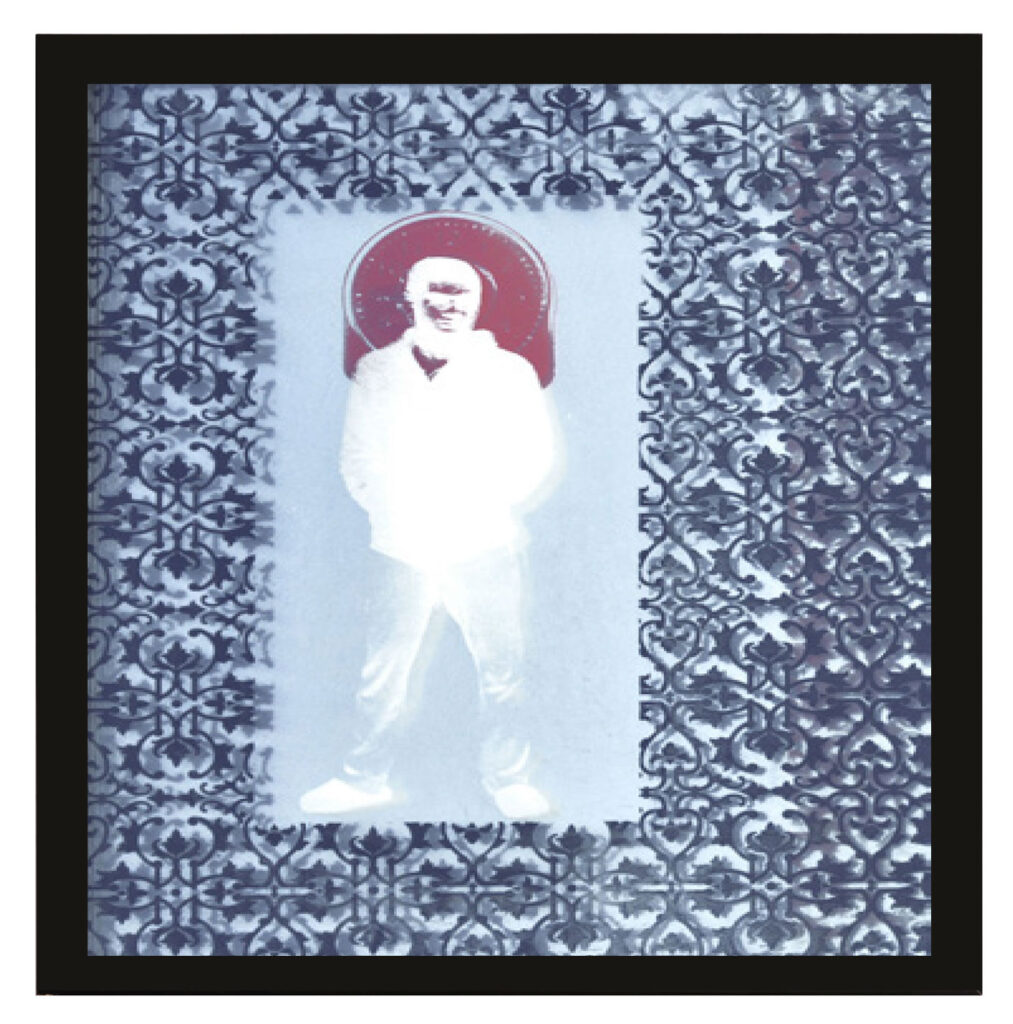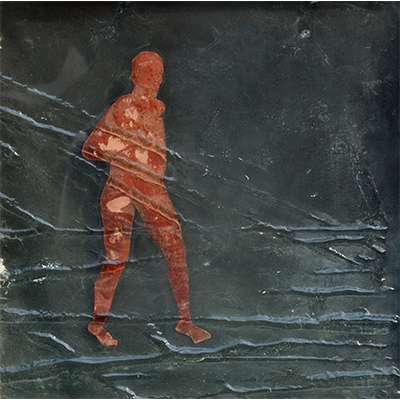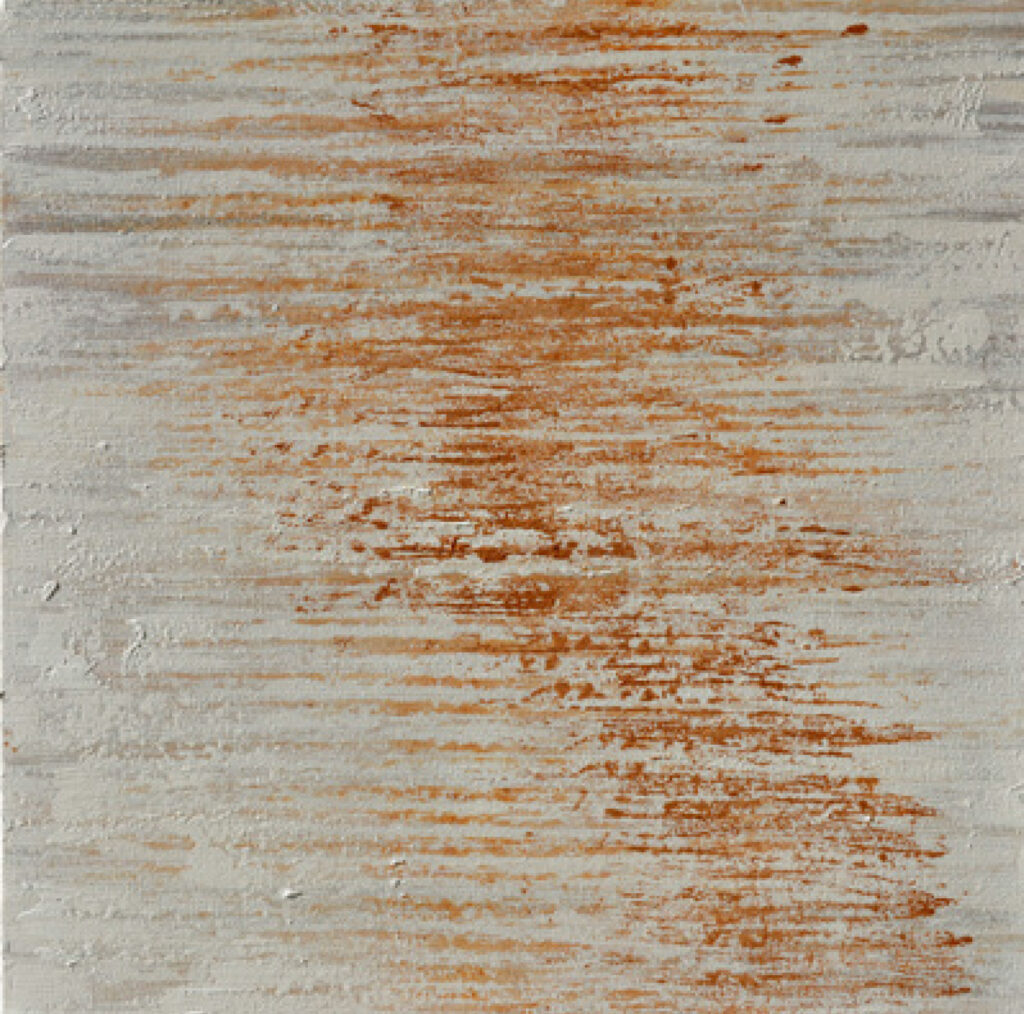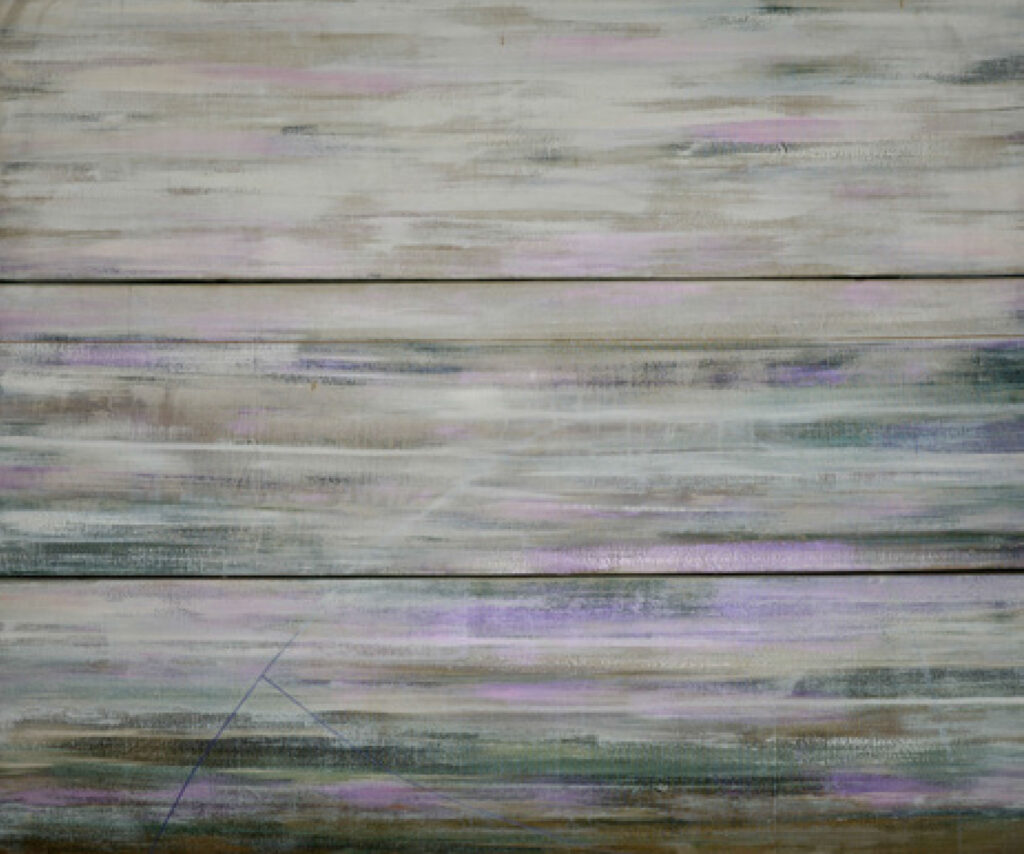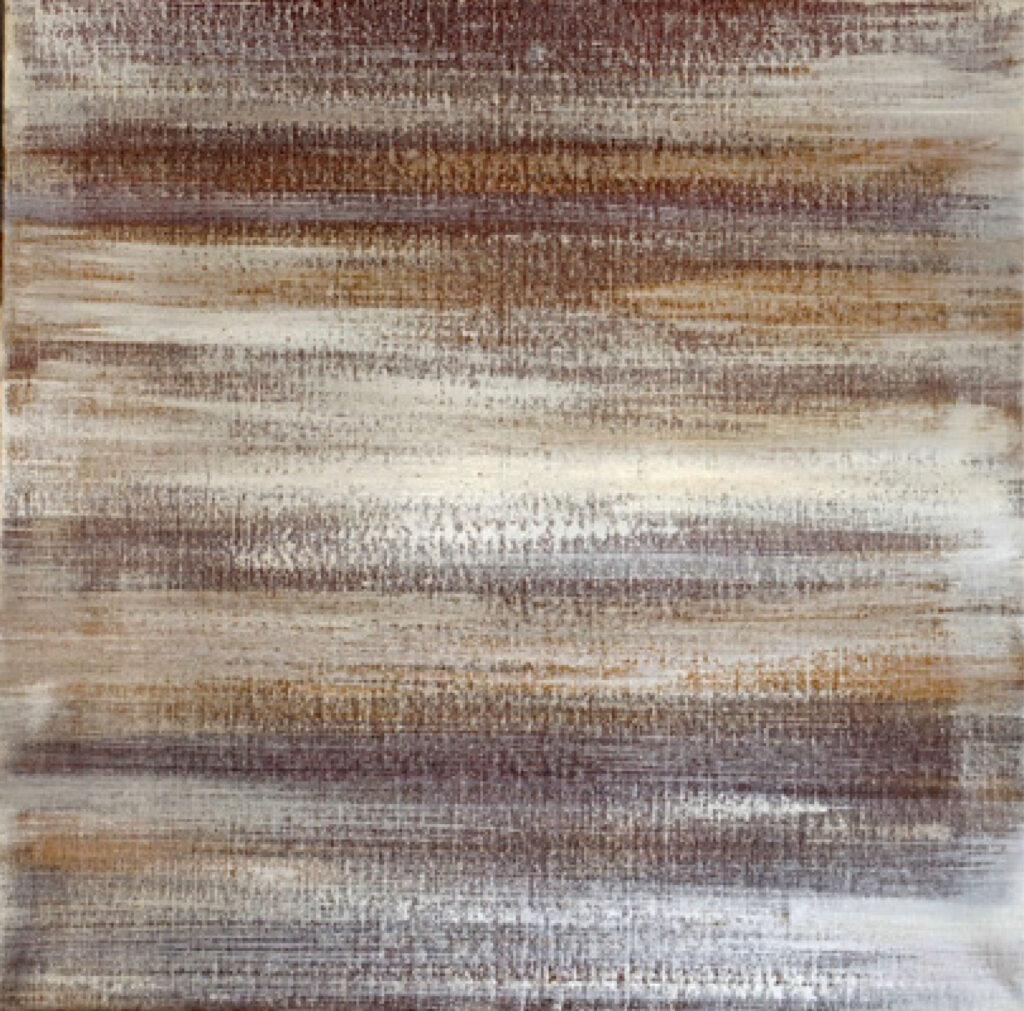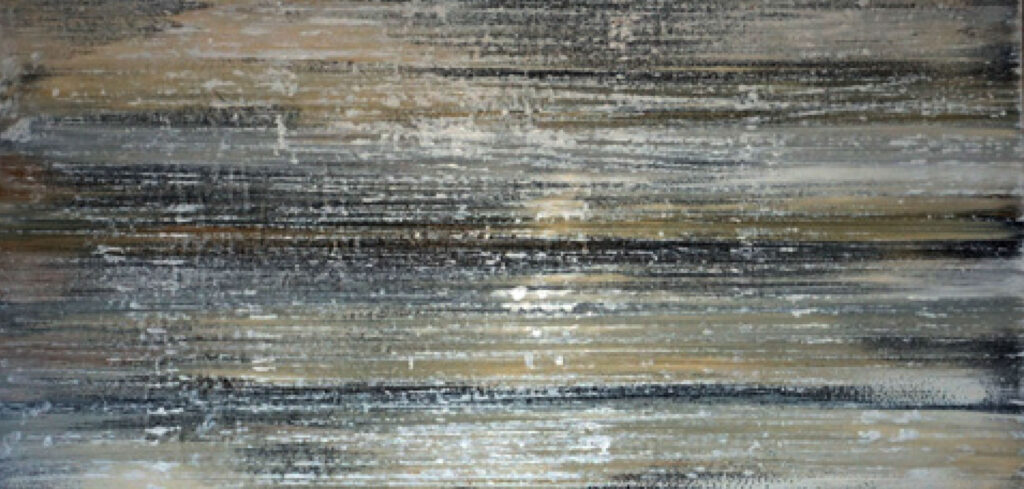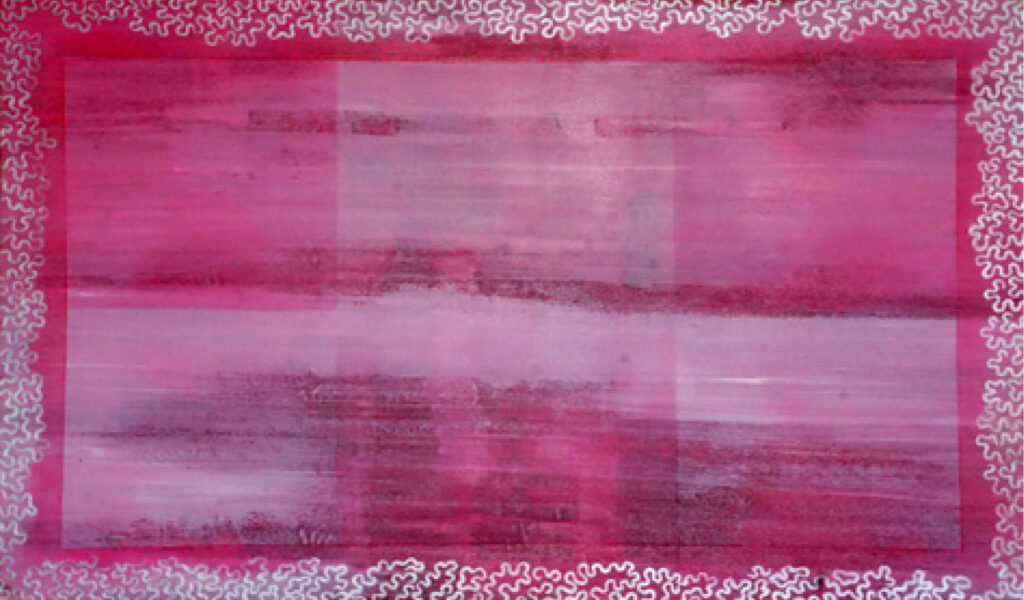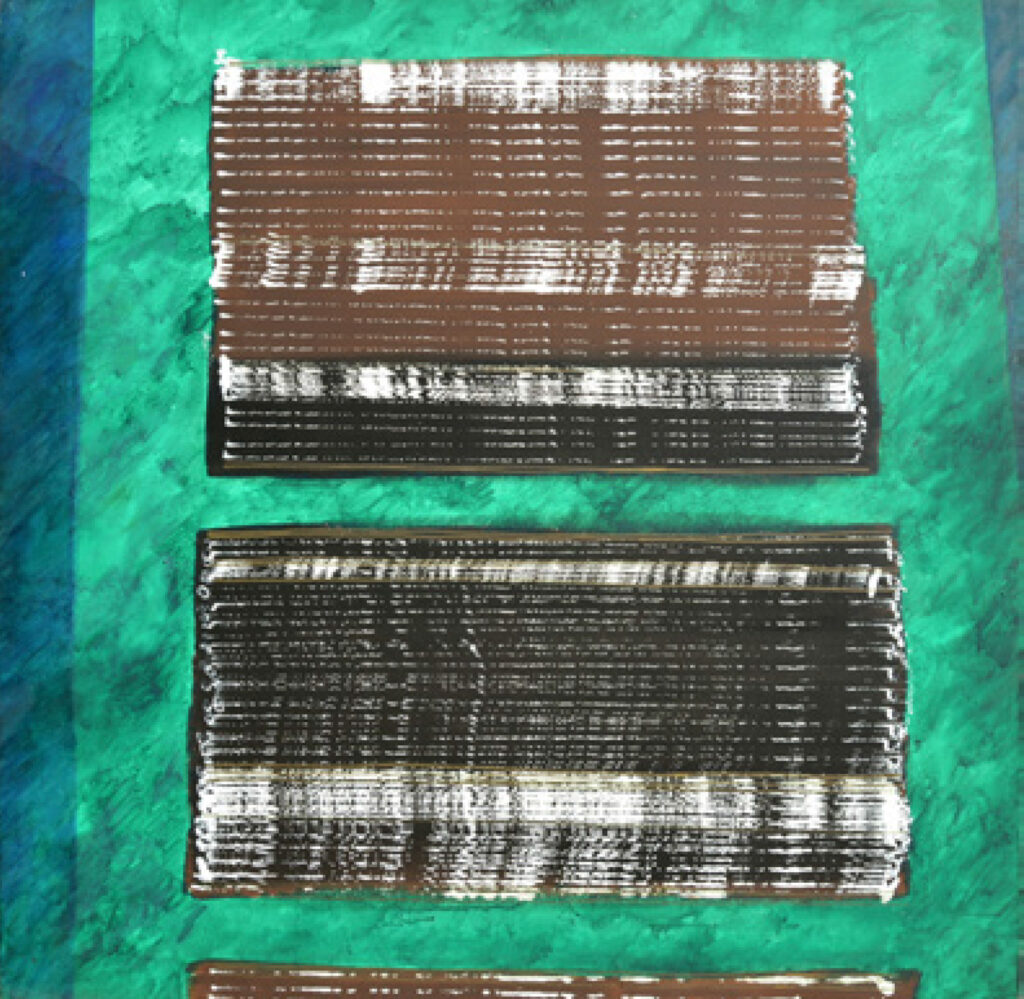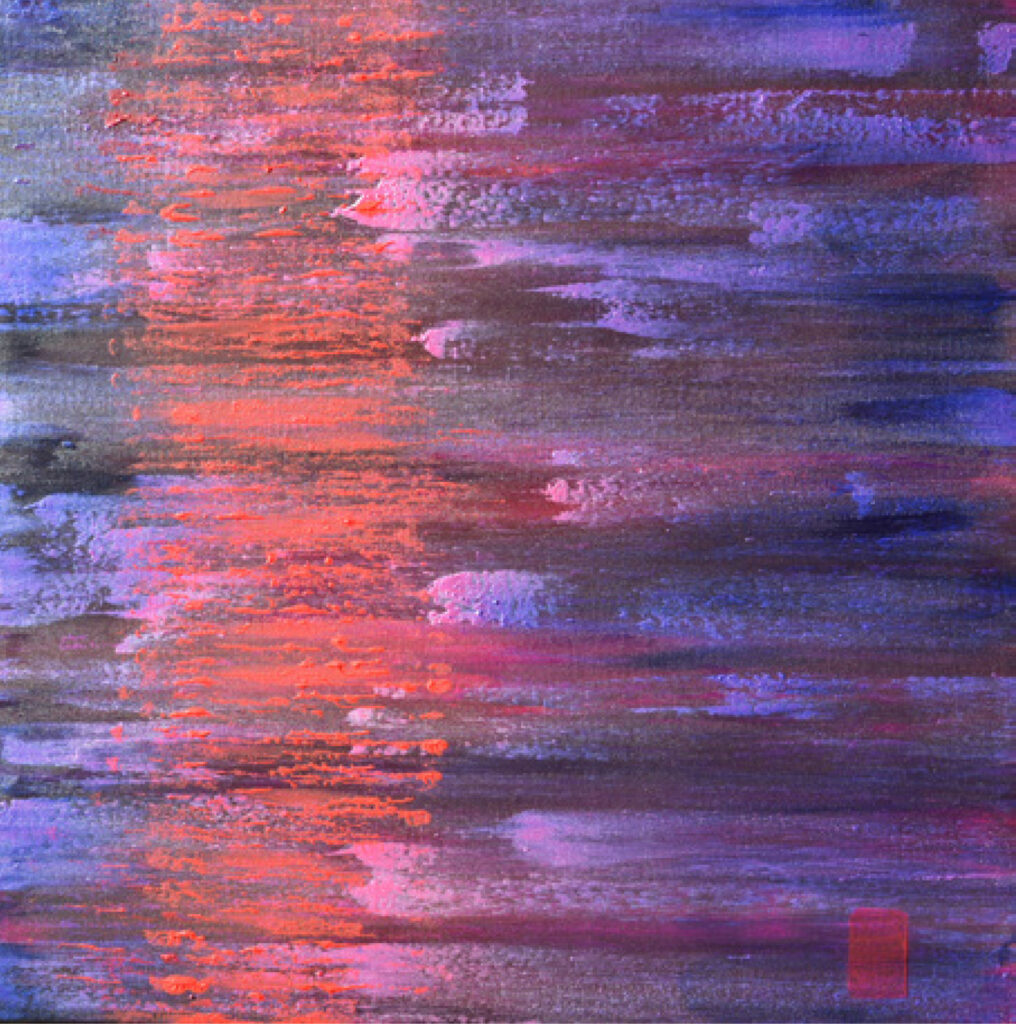If one were to think of making art as a durational performance, it would find resonance in Hemi Bawa’s working process. When creating glass sculpture, she is the narrator and protagonist; the studio is her stage – the fiery heart of the furnace, her one powerful prop – or call it the metaphorical magician’s box from which marvels emerge. Working with the multifaceted nature of the glass medium over several decades, she has fine-tuned this personalised and meditative performance, and generated a sensitive balance between control and chance, to which audiences are introduced through finished pieces.
‘Bodies of Light’ is a compilation of recent work that focuses on Bawa’s commitment to material exploration, particularly articulating the integral possibilities of light and space within her work. Allowing a glimpse into her eclectic journey as an artist, the exhibition attempts to build a dialogue between different aspects of her artistic repertoire, linking her continued engagement with glass as a medium, with her painting and mixed media practices.
Working with glass locates her practice within a rich historical legacy that has its origins in ancient human cultures, and establishes a significant association with the niche world of contemporary global glass art. Her experience is reflected in the maturity of her processes and artistic production, yet, there appears a constant newness; an enduring relationship with change and experimentation that continually extends her artistic sensibilities.
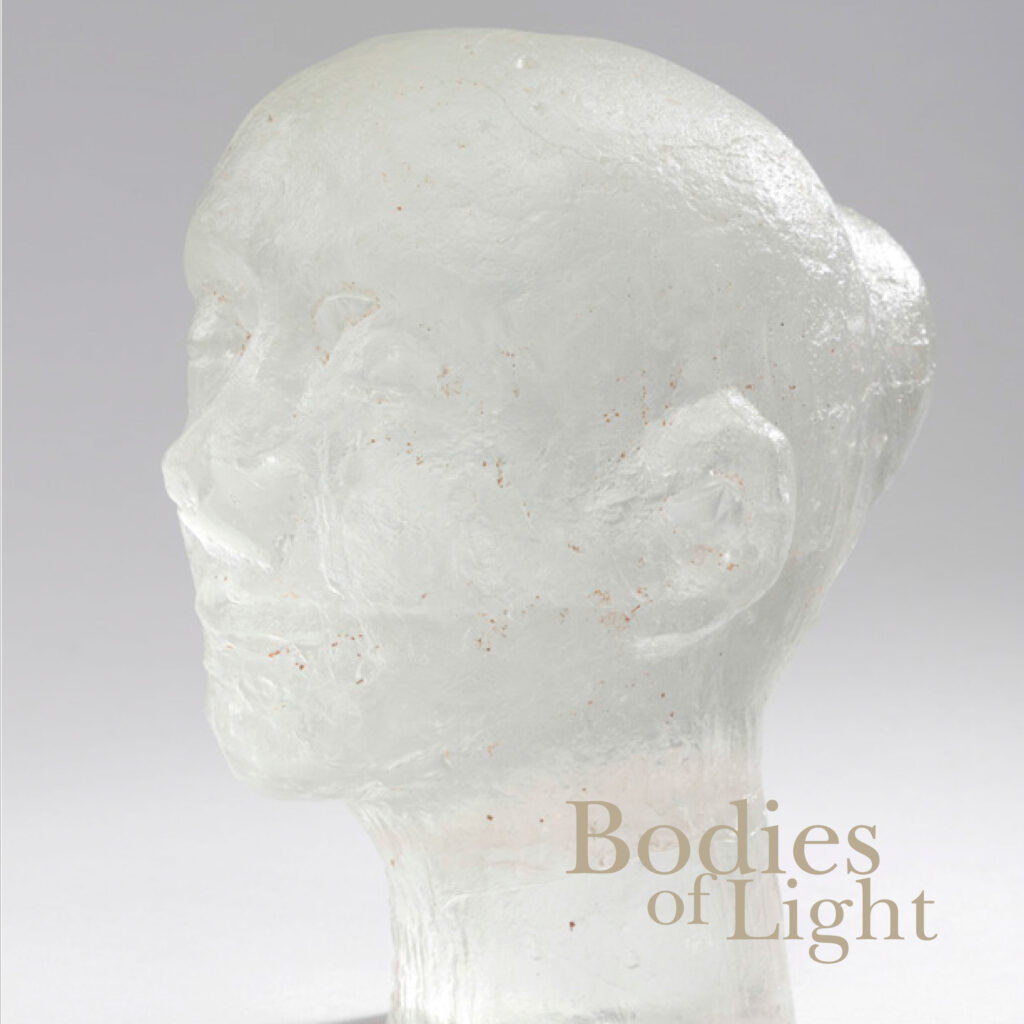
Glass casting: Sculptural forms
The innate qualities of ruggedness and strength, its ability to trap light, and immense creative possibilities of form and texture make Cast Glass Hemi Bawa’s preferred medium. What began for her as a tiny seed of interest, became a full-fledged passion that continues to inspire her. Her sculptures exploit the physicality of the material; each piece exploring different aspects of the range that lies between transparency and opacity, and investigating expressive qualities of the interaction of light with surface and volume.
Glass can appear hard and soft, strong and fragile at the same time; it has the capacity to reflect, refract, distort and absorb light. The complex process that takes the raw material from hard granules to molten liquid, and then back to solid again under high temperatures, gives a unique alchemical stamp to each sculptural piece. The organic shifts in state of matter, and the transformation of particles within the kiln away from physical manipulation is a rewarding experience and one that demands patience. In Bawa’s philosophical view, the processes teach one about life itself. Her ‘Head’ series are luminescent presences, cast in partially translucent mode. The works engender subtle responses, as the shift in light and shadow brings focus to different aspects of the facial features and expression. These sculptures are anonymous, as are other figurative pieces the artist has created over the years in combinations of glass and fiber. They are universal beings that emphasise her minimal approach, with understated natural textures that allow for the glass to speak from the quietness of the structure.
The quality of silence, and a leaning towards spiritual and contemplative spaces recurs in works like ‘Holy Book’ and ‘Blue Spaces’ in which the manipulation of the materiality of glass is distinct and different. Deliberating on the surreal context of time and the manner in which it has become warped during the pandemic, some of her recent sculptures showcase time-pieces with symbolically scrambled numbers.
Technically, creating glass sculpture is challenging, not only because of the resource heavy infrastructural requirements but also that the process disallows reversal of any step, and fluctuations in temperature can shatter the work. Through continuous experimentation, trial and error and technical resourcefulness Bawa has established a successful practice. She has explored the flexible nature of the glass by twisting, fusing and slumping, substituting crushed glass for the purer glass nuggets, and integrating it with other materials like metal and fiber-glass.
Bodies of Light – the Torso
The Torso series represents essences of human presence; the minimalist forms are like sheaths, symbolic of the fragility and transience of existence but also celebrating the body as a fluid form. In an ongoing series, Hemi Bawa presents her spontaneous reflections on the circumstances of the pandemic, invoking the sense of restriction and immobility, of boundaries and shackles, in expressively constructed installations.
The bodies appear weighed down by the tangled lengths of barbed-wire, a reference to the curtailed freedoms and isolated living forced by the worldwide lockdowns. The fractured and fragmented appearance makes the bodies an interface for fractals of light; interpreted in one way, they become representative of internal and external contradictions, particularly relevant at a time when human beings are suffering these complex challenges. Brought to the forefront by an experience like this, the installation serves to remind one of the constant negotiations of different forms of socio-religious, cultural, intellectual and physical restrictions that individuals and communities are subject to.
The Torso series began as a secondary structure to Bawa’s glass jewellery pieces but have taken centre stage now. Cast in anatomically scaled molds, the forms come alive as the glass pieces fuse together under high temperatures. Some of the torsos are in clear glass, with inclusions of compatible metallic substances like copper and mica. In other works, Bawa plays with the organic quality of myriad textures, pigments and compounds, each resultant object a moment frozen in time.
Glass montage – beneath the surface
Hemi Bawa works with multiple techniques in glass – kiln casting is a process of working with molten glass, while layered, cut or printed slab glass does not require heat. Retaining her engagement with the body and surface of glass she has employed a combination of geometric abstraction with organic figuration and spatial arrangements to present visual and material harmonies on slab glass. She constantly envisions space in a multidimensional way, often creating illusionistic experiences and imagery that is dynamic.
Combining a deep interest in the angular and geometric patterning of Mughal architectural ‘jaali’ (fretwork) windows – known for their fractal dispersal of light – and playing with contrasts and distortions caused by mirrored underlay, her works like ‘Blue Apparition’ (I & II) and ‘Man in Trance’ (I & II) compel the viewers eye to navigate the picture plane in a radical way, encountering different paths of light and taking in the layers of linear articulation and design. Rather than sharply defined depictions, she includes traces, like softly echoing memories, evocative but indistinct. This poetic experience is significant in the ongoing series of works based on (her own) photographs of flower women in the Goan region. Using techniques of screen-printing, pigment transfer and juxtaposition allows her to generate a dynamic energy between colour and form, bending light in an extraordinary way through the material and skins of pigment.
Every part fits together seamlessly with her contemporary visual sensibilities and intuitive process that allows one element to feed into another. Some of the works have painterly surfaces, dwelling on emotional and sensorial response rather than narrative. She touches upon ephemeral experiences, paring down reality to its subtlest core, and using the material qualities as devices for semi-abstraction.
Painted spaces
Painting is deeply embedded in Hemi Bawa’s expressive processes. Every landscape; every aspect of nature; encounters with people and places; are all internalised, contemplated over, and become part of her language. Her fascination for the interaction of color, light and shadow, and abstract tensions of space and line produce dynamic and layered imagery closely connected with her work in glass. Painting for her is like breathing, or akin to her inner sanctuary; it allows her to focus on silent spaces, externalising the chaos of the world and touching upon a spiritually charged connection with the macrocosm.
Bawa chooses to distance herself from overthinking or over-intellectualising any of her work. The figuration that is present in her painted or sculpted spaces arises from the broad idea of ‘beings’ existing at the intersection of experiences in reality and those that grow from the mind. They are not meant to represent a particular person, story or event – they are embodied abstractions of multiple experiences, emotions and feelings.
The paintings are open to interpretation, communicating the very essence of space infused with light, exploring transitory records of human connections with nature and its constituent elements. Her work in different materials has an underlying thread of total absorption (on her part) in the process of making, that leads to a new way of perceiving things, and a continually transforming and growing vocabulary of visual articulation. In that, her work reveals and conceals different qualities and fine nuances of her personality and way of life, to be understood if one looks deeply enough.
Endnote
In the diverse space of contemporary art, and the wide range of personal expressions and visual languages adopted by today’s artists, Hemi Bawa holds a distinct place. As an artist she combines her expertise of one space with the creative freedom of the other, driving her every work with intuitive spirit. She has more than five decades of practice behind her, and yet remains enthused every day and every minute about the possibilities of the materials she works with. Even as this is being written, she is eagerly waiting for her next experimental piece to exit from the kiln…
“Bodies of Light” touches upon her mental and physical oneness with her work; conceptually it brings about the philosophical narratives that her life encounters infuse into her practice. Nothing emerges from a vacuum – layers of experience, conscious and unconscious cognition, sensory and emotional perceptions, learning and finally technical skill, all contribute to the rich and multidimensional space of her art. It is as she says,
“I never set any limits to myself, I must do what my heart says.”
Lina Vincent 2020
Note on Glass:
Around 3500 B.C. is the date to which glass as a medium of artistic expression is traceable. While Mesopotamia is the accepted region of development, some historians believe that glass objects originated in Egypt. The earliest known glass examples were beads, accidentally created by working with forged metals, and were used as currency between the African continent and Europe; they were also present in the Indus Valley Civilisation. Later, glass began to be used for decorative and utilitarian vessels and architectural décor.
The three foundational techniques for working with glass are blowing, casting, and lamp working. The most traditional technique is glassblowing. It involves heating glass in a furnace, gathering molten glass on the end of a blowpipe and blowing a bubble of glass. Casting glass involves pouring molten glass into a mold, and allowing it to melt in a furnace. Glass can also be placed into the mold in solid pieces that melt in the furnace, conforming to the shape of the mold (such as slumped glass). Pâte de verre, a casting method that literally means “glass paste,” employs fine glass granules applied to a mold.
Artwork made from ‘hot glass’ includes blown glass, solid sculpted glass, and cast glass. Basically, hot glass working involves molten glass with a temperature around 2000° degrees. This hot viscous glass can be used in glass blowing, sculpting, and casting into molds. Work such as glass sculpture, hand blown bowls, vases, goblets, and ornaments are commonly made with hot glass from a furnace.
Cold working or ‘cold worked’ glass involves any techniques or processes done to the glass that is not hot. This type of glass working is often done in conjunction with hot and warm glass.
Grinding, polishing, etching, or engraving can be examples of cold-working techniques.
